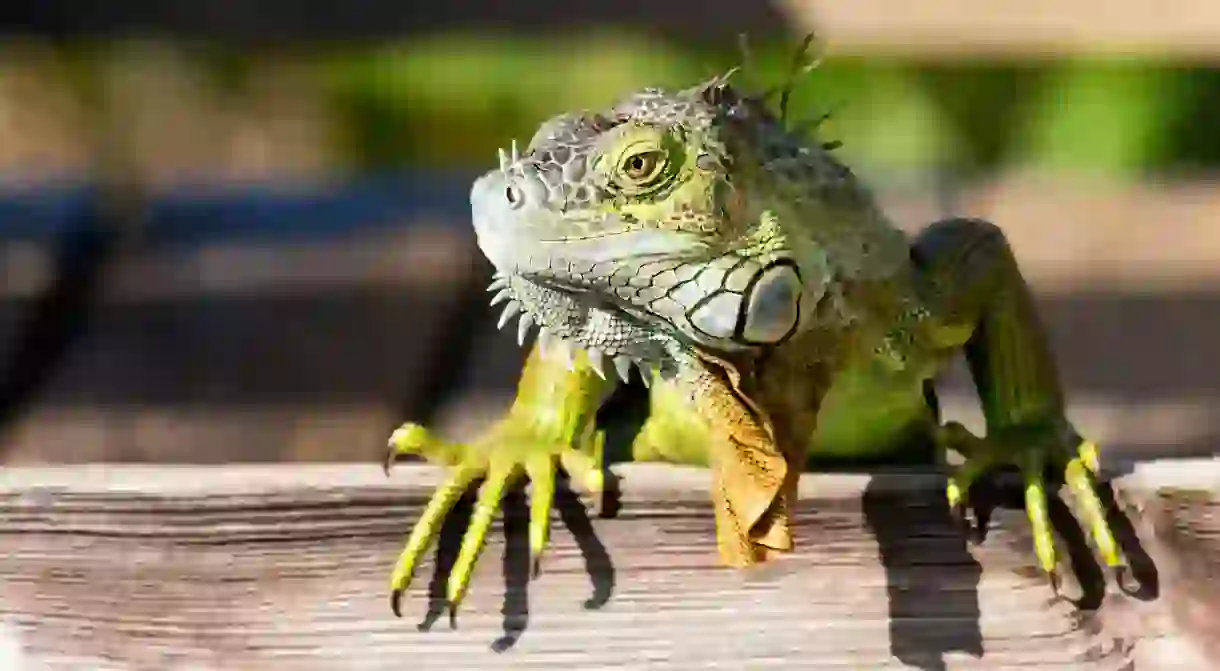Must-See Wildlife While Sailing Around Saint Vincent and the Grenadines

From turtles popping to the surface to frigate birds tracing wide circles overhead, there’s a magical quality to the spontaneous wildlife encounters that happen on sailing trips. You only need to look around you to see a whole new world come to life. Read on to discover the beautiful creatures you should look out for while sailing through Saint Vincent and the Grenadines.
Spot wildlife while sailing around the Grenadines on an eight-day group sailing holiday with Culture Trip, complete with a skipper and private chef.
Sea turtles

Turtles are everywhere in the Grenadines, especially in the marine protected area of the Tobago Cays. The muffled giggles and shouts of snorkelers can be heard throughout the anchorage as green sea turtles feed on seagrass in the shallow bay, seemingly unbothered by curious onlookers. From onboard your boat, you can often see their small round heads pop above the water for a breath of air before they dive down for another feed.
Sharks
Fear not: most of the sharks in Saint Vincent and the Grenadines are harmless nurse sharks that poke and prod their way across sandy bottoms in search of small fish and invertebrates. They are nocturnal creatures, which you will often find sleeping under reef overhangs or in crevices during the day. Spotting one is definitely a bucket list must-see.
Iguanas

These distant relatives to dinosaurs love hanging out in treetops and among the mangroves. Like miniature dragons, they sun themselves on branches and scurry across beaches, their tails creating snake-like patterns in the sand. The trail of spikes across their spine gives them a mean-looking demeanour, but as herbivores, they’d much rather be munching on some leaves than your toes.
Spotted eagle rays

One of the most graceful marine animals, and frequent visitors to the waters around the Grenadines, spotted eagle rays can grow up to a magnificent 5m (16ft) in length. They glide through the water, flapping their speckled wings like smooth, alien birds, trailing their long whip-like tails behind them.
Hermit crabs

While strolling along a beach, you’ll surely come across a shell that suddenly crawls out of reach. Hermit crabs, sometimes smaller than a fingernail, love the sandy shores and leafy undergrowth of coastal foliage. Get up close and stay still, and curious black eyes will slowly emerge from their delicate shell home. These adorable creatures do have pincers, though they’re usually too small to do any damage.
Sea birds

Seagulls, terns, boobies and frigate birds are among the many seabirds you’ll see while sailing in the Grenadines. Often, boobies will ride the tailwind of a yacht, following for many kilometres. Other times, frigate birds will glide high above the mast, lifted by the thermals rising up from the warm ocean. On land, sandpipers putter along the shoreline where the waves melt into the soft, powdery sand.
Octopus
The otherworldliness of an octopus is undeniable, with their eight suctioned tentacles, large round eyes and bulbous head. They roam the reef, transforming the colour, texture, and shape of their bodies in the blink of an eye. Find them by looking for their “gardens”, piles of empty shells that collect outside their dens – which are often holes in the sand or reef – where they eat the soft bodies of crustaceans and then discard the shells.
Tarpon

These huge, prehistoric fish can grow up to 2.5m (8ft) long. At night they often gather in large numbers, especially where underwater lights attract the small fish they feed on. Thick scales and astounding agility have helped them attain the status of one of the oldest living fish species, their smooth silver bodies flashing and glimmering in the light as they turn on a dime. During the day, schools can often be found hanging out above reefs.













